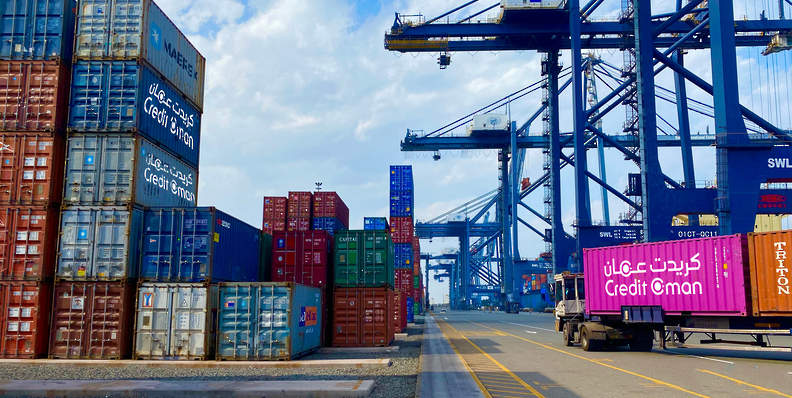RIYADH: Saudi Arabia will require investments over $3 trillion to achieve the goals set by Vision 2030, said Investment Minister Khalid Al-Falih.
Speaking at the Saudi-Japanese Investment Forum, Al-Falih stated that the seventh ministerial meeting between the top delegates of the two countries came at a pivotal time.
“Today our partnership reaches an important point, as we are halfway since the launch of our joint vision in 2016,” said the minister, announcing that the Kingdom will need to invest $3 trillion in the next seven years to meet the Vision 2030 goals.
He added: “This will encompass various sectors, including sectors that were almost non-existent before the launch of the Vision (2030).”
The forum also marked the signing of 14 memorandums of understanding between various governmental bodies, private companies and ministries from both countries. The sectors involved included finance, technology, tourism and energy.
While speaking at the event, the minister noted ample room for growth in the financial sector, with the Kingdom providing many opportunities for Japanese businesses.
Al-Falih added that Japanese banks had provided significant financial support for the vast financing requirements of the Kingdom’s giga-projects in their early stages.
He further said that the significant projects currently underway in the Kingdom, managed by the Public Investment Fund, including NEOM, Red Sea and Qiddiya, offer several “incomparable opportunities” and a high demand for advanced technologies to provide Japanese companies with an evident competitive edge.
“Thus, this will add an increased demand for borrowing within the Kingdom, with a value exceeding $1.5 trillion, a demand for borrowing which I am sure the Japanese banks and asset managers will continue to contribute to,” said Al-Falih.
He added: “Today, we know that there is a great amount of financial resources in the sector, as the Japanese banks currently manage over $20 trillion in assets.”
The forum also witnessed multiple MoUs signed between Japanese banks and the Kingdom’s institutions, including an agreement between MUFG Bank and Saudi Investment Ministry to enhance cooperation in the financial sector.
The minister further said Japanese investors could look for future opportunities in the Saudi Stock Exchange or Tadawul as it continues to “grow exponentially as it has in the last five to six years.”
Al-Falih also pointed out that the energy sector had been a defining pillar for the bilateral relationship over the past 70 years, with the Japanese Ministry of International Trade and Industry ensuring that the Kingdom was the primary partner and its most trusted importer of petrol and gas.
He added that the two nations will continue bilateral trade in hydrocarbons while extending the partnership in the new energy sector.
To exemplify the basis of the future of the relationship, the minister outlined that Japan was the first nation to develop a green hydrogen strategy in 2017, as it aims to increase its hydrogen supply by a million tons annually by 2040.
Similarly, the minister said: “The Kingdom is steadfast in its commitment to become the No.1 exporter of green hydrogen,” adding that what denotes an excellent beginning for this collaborative future is Japan has been the first receiver of blue ammonia from the Kingdom.
“I am glad to see the private sector from both nations participating. The private sector is one of the bridges, if not the most important bridge, to boosting relations between the two nations,” the minister added.


























